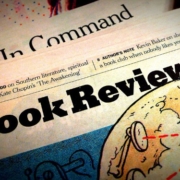Change management can be a cumbersome, even clumsy, practice that might even be classified as rigid. Add in an Agile mindset and the process seems at odds with each other. Interested in maintaining an Agile environment while navigating change management? Well, then, the following will help us intermingle the two approaches for managing change requests.
Is Agile for Standard or Non-Standard Changes?
Agile tends to be a better fit for non-standard changes given its fluidity. An Agile environment is always in development, always changing according to the needs of the project or the organization. Agile helps to attack work that’s unpredictable and effervescent. Standard changes, of course, are usually moved along in as predictable a manner as possible and can be slow and plodding.








